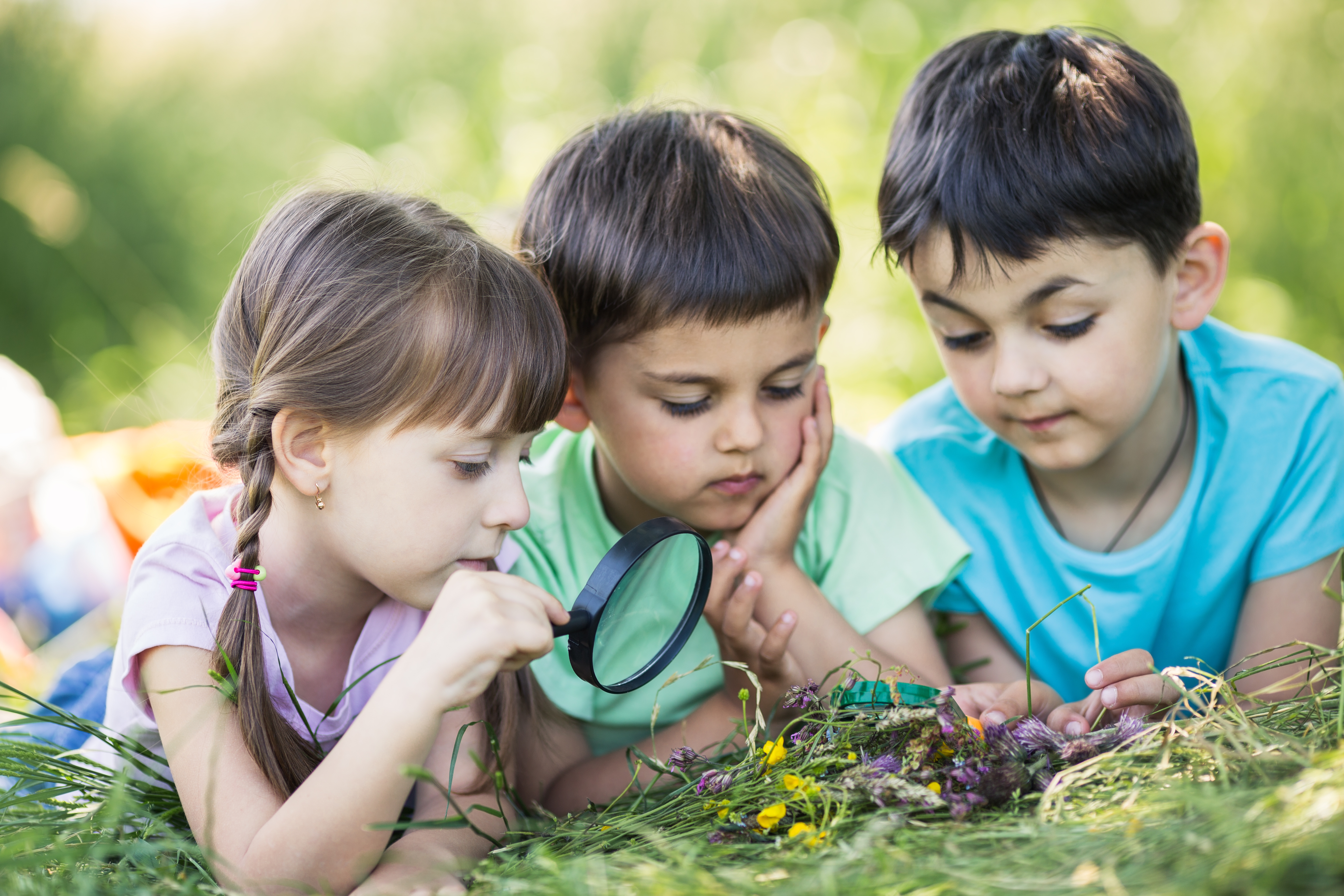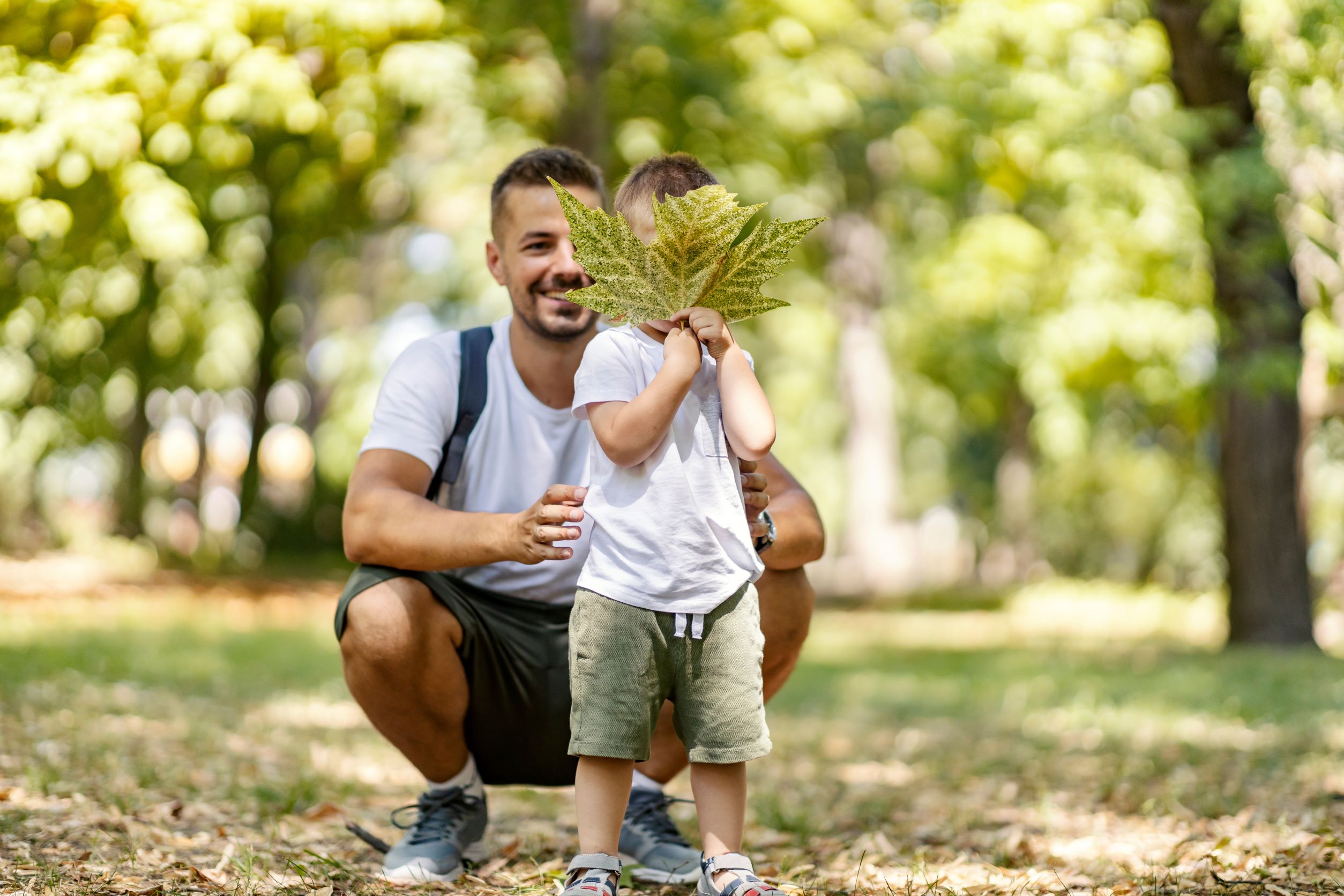Using the Environment to Develop a Successful Student

In this post, we are continuing our “Successful Student” series. Previous posts in this series include “Tips for Raising a Successful Student”, “Capable Children are Happy Children Who Turn Into Successful Students”, and “Back to School Tips for the Homeschooling Parent to Raise a Successful Student”. In this post, we will be discussing ways to use a child’s learning environment- ideally their outdoor environment- to help develop a successful student. Below are five steps for part time and full time homeschooling parents.
The Masterminds Early Learning online curriculum uses technology to teach. While it is important for children to learn through technology as it is such an integral part of our lives these days, it is also important for children to learn through and explore the world around them. As valuable as screens are for learning so is nature and all it has to offer. According to the Child Mind Institute “Many researchers agree that kids who play outside are happier, better at paying attention and less anxious than kids who spend more time indoors.”1 The purpose of this post is to help parents incorporate their environment into their learning curriculum.
Step #1: Go on a scavenger hunt

Allow your child the opportunity to explore their environment with as few prompts as possible.
This is step one to using your environment to help your child learn. You can provide as much or as little guidance during this step as you want. Perhaps you want your child to learn about flowers as that may be the Reading and Encyclopedic topic of the week. You might prompt your child to find a certain number of purple flowers or you might prompt them to find as many different color flowers as possible. Or you may just leave your prompts open ended such as telling your child to find as many different treasures in nature as possible in 5 minutes. Ideally this is done outdoors but depending on the weather, where you live, and what types of environments you have available to you, you may need to do an indoor scavenger hunt.
My girls love to play this game outside. Living in the Midwest, we have all four seasons that provide us with a variety of plants, colors, and bugs as the year goes on. My girls like to not be restricted with directions (as most children don’t either!), so we tend to play it open ended outside. But as previously mentioned, this can be done inside with a variety of toys, stuffed animals, or kitchen items.
Step #2: Practice math with nature’s treasures
Math is all around us! Sorting and counting quantities are the beginning of math skills in young children around 2-3 years old. Many of these treasures are likely in different shapes as well. This is a fun and different way for your child to learn their shapes- both 2D and 3D! In older kids, these treasures can be used to practice addition and subtraction. In even older children, these scavenger hunt findings can be used to practice multiplication and division. The fun is never ending with what your child can find and the ways you can use their findings to practice math skills. All the while you are using these treasures, remember to keep it fun and light hearted. Children learn best in non-stressed, fun environments.
Step #3: Build sentences with nature’s treasures

Incorporate the treasures your child finds into their learning activities.
This is a great challenge for children learning sentence structure and sight words. Either you or your child can write out some sight works onto index cards or small pieces of paper. Your child can use a mixture of sight words and environmental treasures to build sentences. Let’s say for example that your child found a pile of leaves, sticks, and a few rocks. Your child can build the sentence “The rock is small” or “The stick is short”. You child can use the sight words “the”, “is”, and the descriptive word “short” or “small” in this case to build sentences. Your child can plug in the items they found to make it a complete sentence.
Looking to take it one step further with an older sibling? Have them point out the various parts of speech that make up the sentence. Which word is the subject of the sentence? Which word is the verb? This can be great sentence building practice for elementary aged children.
Step #4: Design creative art masterpieces with your scavenger hunt findings

All your child the opportunity to create with the treasures they find around them.
Creative art is just that- art that is creative and unique. After your child has found all of their environmental treasures, consider allowing them to make a masterpiece using them. The goal of this type of creative art is for your child to use their imagination in an unstructured way. Provide them with a blank sheet of paper and some glue and see what they can come up with. I think you will be amazed at the masterpiece waiting to be designed!
If you are doing an indoor scavenger hunt with non-disposable items, you may not want your child using their found treasures in an art masterpiece. I must admit, I wouldn’t be thrilled if my girls glued my favorite kitchen server to a piece of paper! A solution to this problem is allowing your child to go through the recycle bin. Toilet paper tubes, tissue boxes, and bottle caps are just the beginning of the fun that can be found in there. You may also want to consider allowing your child to go through the pantry. Different shapes of pasta, different grains, various crackers, and so on are likely available in your pantry and can be turned into something new and beautiful.
Step #5: Verbal sensory play

Looking to develop your child's verbal skills? Verbal sensory play allows them the opportunity to describe what they have found in their environment.
When we think of sensory play, we think of a child using their senses to explore different materials. Have you ever thought about incorporating verbal skills into this exercise? Instead of your child simply touching the bumps on the stick they found, ask them to describe the stick to you. Is the bark bumpy or smooth? What does it look like? Does it have a smell? Encourage your child to use their vocabulary to describe the stick. Or turn it into a game and have your child describe the stick to you while you have your eyes closed. Can you guess what they are describing based on what they are telling you? This game will require a child with some verbal skills, but it is also a great way to encourage your child to grow their vocabulary and ability to communicate with you.
So there you have it- five steps to using your child’s environment to help them learn. As you likely noticed, this article isn’t suggesting that your child learns only through their environment but rather ways that their environment can enrich their online learning. Step one is getting out there, finding treasures, and letting the learning (and fun!) flow from there.
Interested in an online learning curriculum? Check out Masterminds Early Learning curriculum with 7 unique subjects for children ages 18 months to 5 years old at MastermindsEarlyLearning.com.
Sources:
- Cohen, Danielle. “Why Kids Need to Spend Time in Nature.” Child Mind Institute, 21 Sept. 2021, https://childmind.org/article/why-kids-need-to-spend-time-in-nature/.

